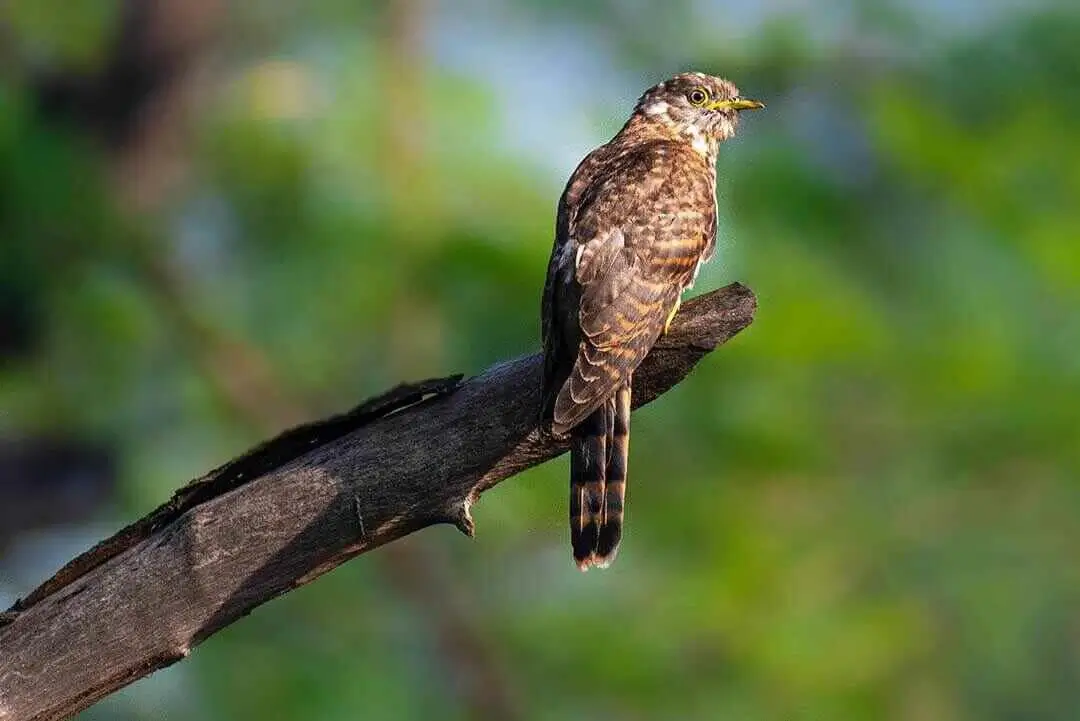
BIRDING IN
Praslin National Park
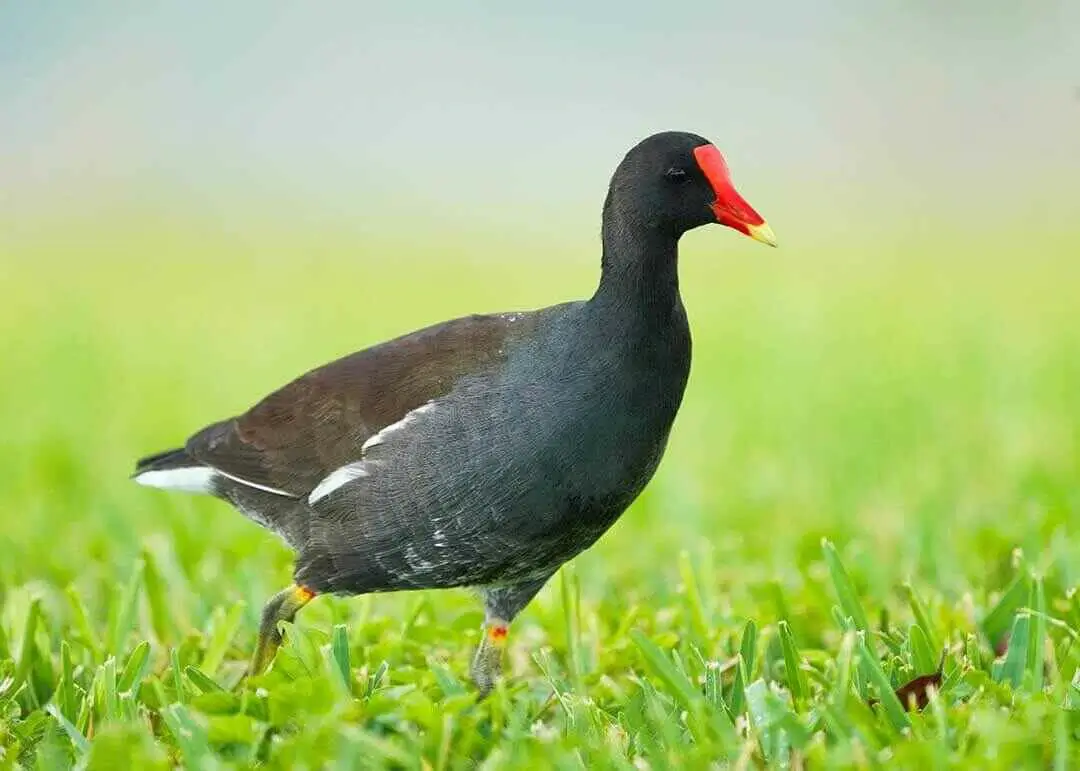
BIRDING IN
Praslin National Park
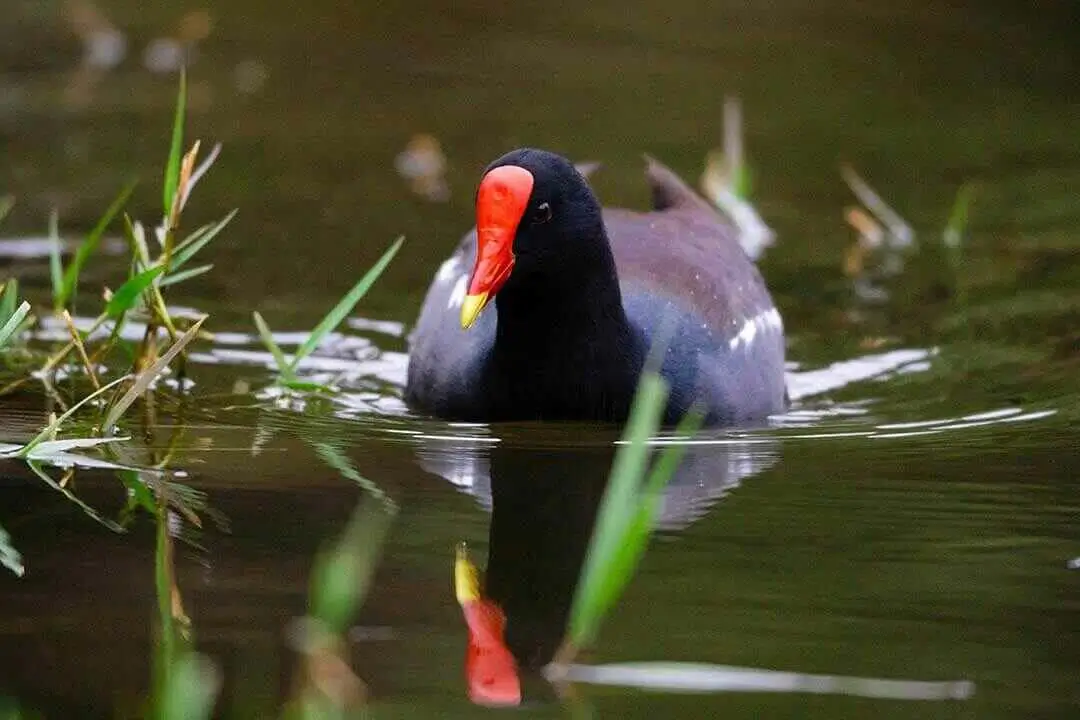
BIRDING IN
Praslin National Park
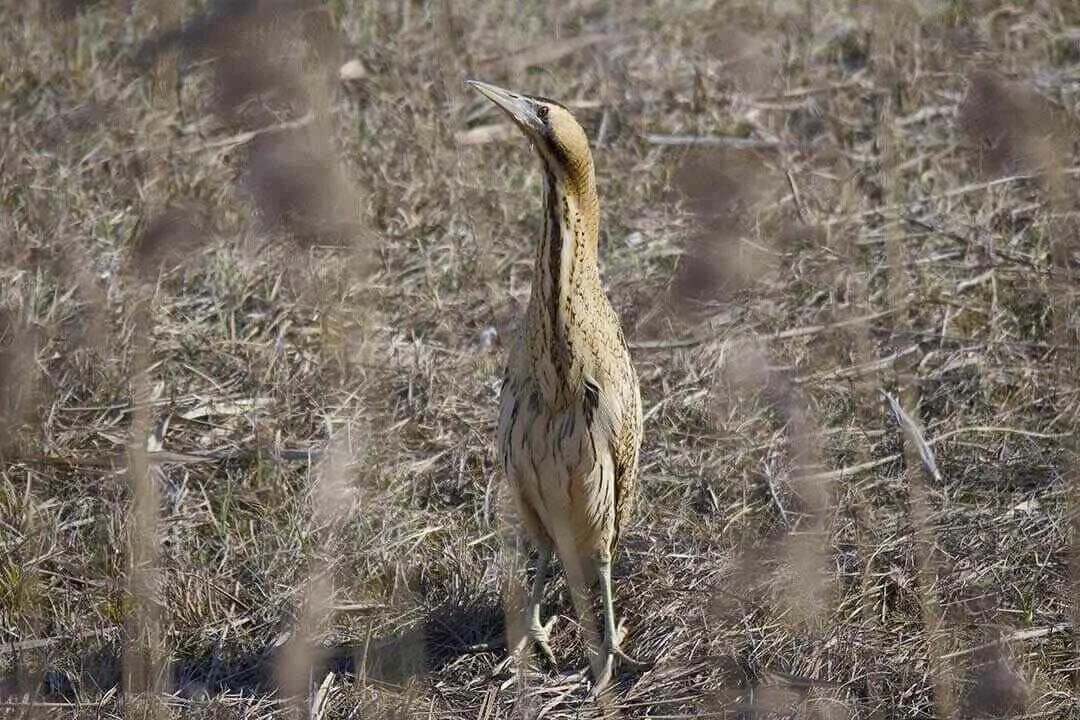
BIRDING IN
Praslin National Park
The Praslin National Park was established in 1979 and is the second largest terrestrial National Park in the Seychelles. This park is situated in the southern half of Praslin and extends from sealevel in the south to the highest point on Praslin (367 meters). As the name suggests it is located on the second largest island, Praslin. It covers a total surface area of 324 hactares of the upper lands of Praslin and includes the World Heritage site of the Vallée de Mai. Its altitude ranges from 80 meters in the ravines to 367m at the highest point of the island. It offers a wide variety of landscapes and viewpoints.
Most of the hill-slopes of the site are covered by a secondary mixed forest with a high proportion of native species, mainly palms. This includes the magnificent palm forest of Vallée de Mai, dominated by the coco-de-mer Lodoicea maldivica (the famous female pelvis-shaped nuts of which are the biggest seeds of the plant kingdom), and all five of the other endemic palms of Seychelles, including Verschaffeltia splendida, Deckenia nobilis and Phoenicophorium borsigianum. Other notable endemics include Secamone schimperianus and Drypetes riseleyi.
The Fond d'Azore and Fond d'Albaretz areas retain much endemic flora (Dillenia ferruginea, Northea hornei, Pandanus spp., etc.). A few forestry plantations of Swietenia macrophylla also occur. There are numerous small streams and waterfalls. The southeastern part of the Important Bird Area contains drier areas with shrubs, boulders and caves. Fires have affected the site in the past. Much of the site is now no longer used for anything other than nature conservation, tourism being restricted mainly to the coast and the Vallée de Mai.
This Important Bird Area is also of vital importance for Coracopsis (nigra) barklyi, as it represents its main breeding and feeding area. Restricted to Praslin and Curieuse, it is the national bird of Seychelles. The total Seychelles population is estimated to be between 200 to 300 birds, of which 92 to 150 birds occur at this site, where its numbers are probably increasing. The Important Bird Area also contains the only nesting cave of Collocalia elaphra known on Praslin.
Falco araea was reintroduced on Praslin in 1980, but is now extremely rare. Terpsiphone corvina, now restricted to La Digue, was still present in the northern edge of the Important Bird Area in 1985. Three other Seychelles endemics, Alectroenas pulcherrima, Hypsipetes crassirostris and Nectarinia dussumieri, are common. Other species of interest include Streptopelia picturata picturata while Phaethon lepturus and Gygis alba breed in very low densities. Butorides striatus and Gallinula chloropus both residents are present along the coast and Arenaria interpres, Numenius arquata and other visiting waders occur on the beaches all year-round.
Our Experts are ready to provide answers
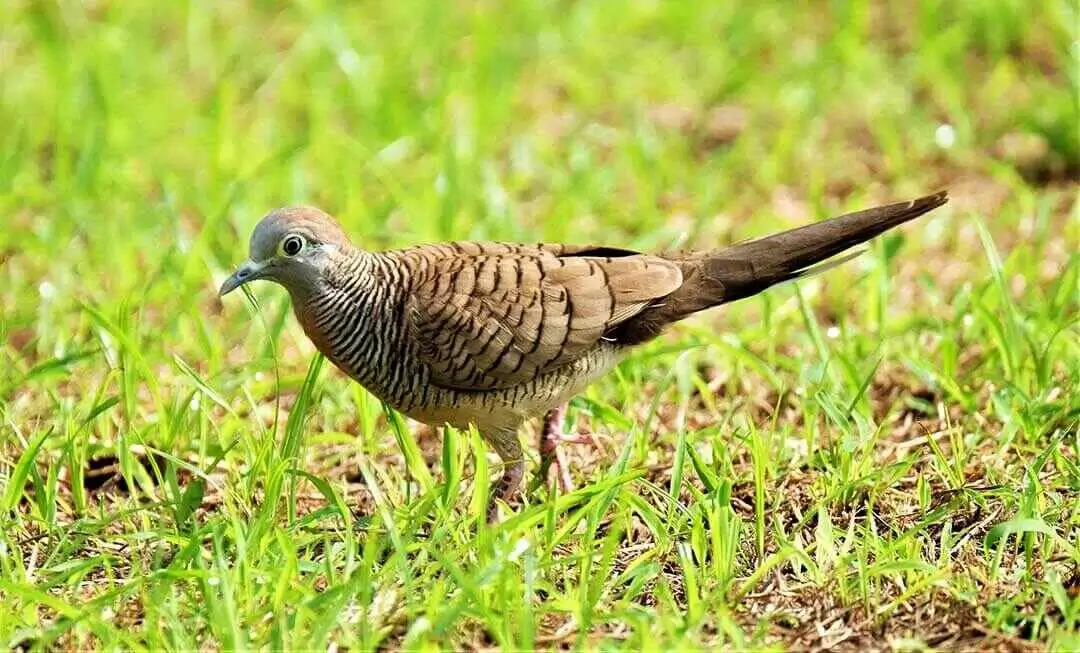
Aride has one of the most important seabird populations in the Indian Ocean. Eighteen species of native birds including five only found in Seychelles breed on Aride, this is far more than on any other granitic island.
Read More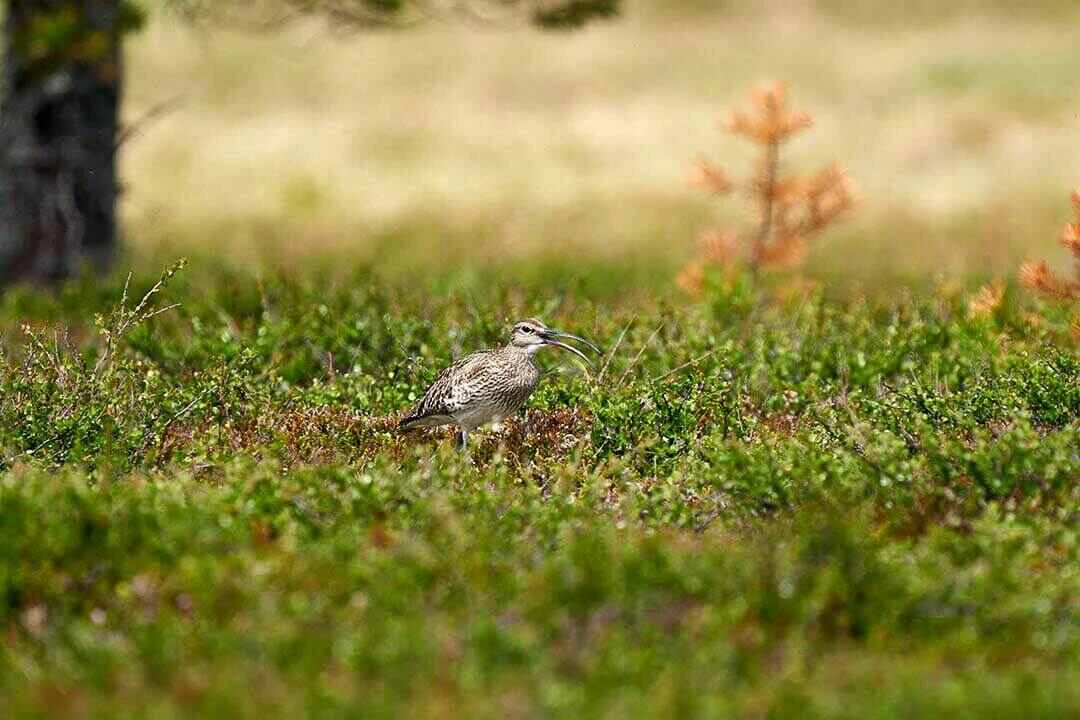
This Important Bird Area is one of the sites of highest ornithological interest in Seychelles. It used to be the last refuge of Acrocephalus sechellensis, with 26 to 29 individuals surviving in 1959.
Read More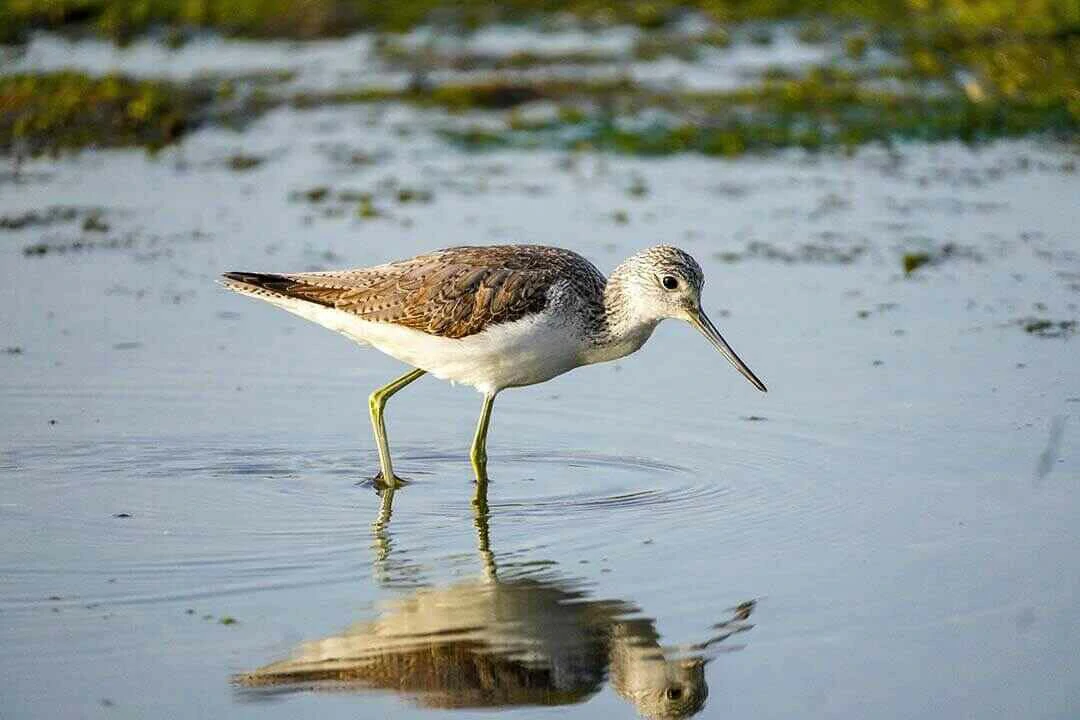
This Important Bird Area also includes the mountainous area to the southeast, between the former Satellite Tracking Station (New Savy), Cascade, Montagne Planeau, Grand Bois, Castor, Varigault and Mont Sébert. This area lies outside the national park, but a project exists to partially protect it.
Read More